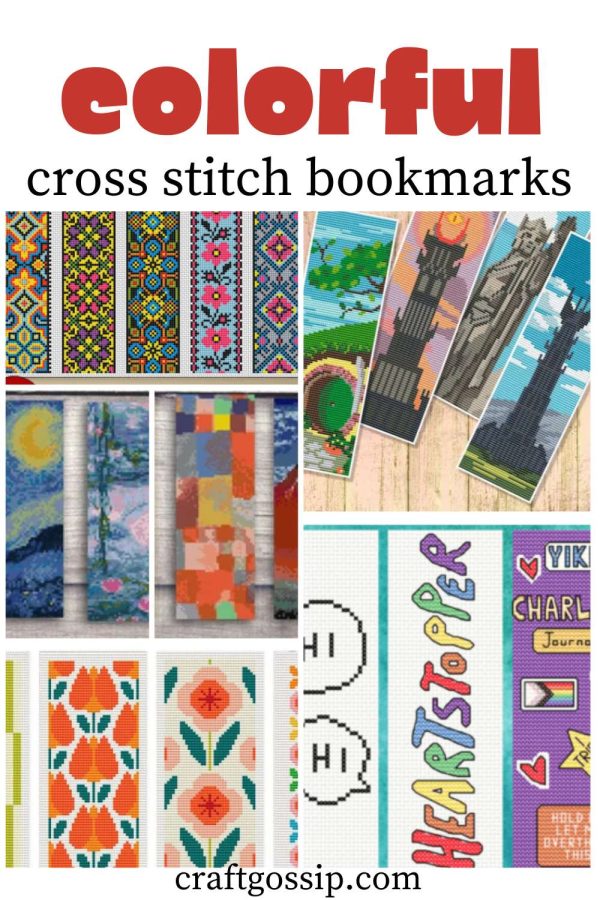
You are probably wondering what are we doing fixing masks? Well there is one vast difference between the N95 mask and the store-bought or handmade masks. It is the frame that creates a tight fit against your cheeks.
Former Apple engineer Sabrina Paseman cofounded Fix The Mask, an organisation that offers designs for a brace to make surgical masks more effective as hospitals grapple with N95 mask shortages.
So what is the problem with an ill fitting mask? Germs can get out and Germs can get in!
We have people who have a gaping big side gap that is allowing all the germs in and out, because the mask is not sitting properly on the face.
Here is a great video showing you how to make your own DIY Face Mask brace or face mask bracket using the simplest of supplies. This brace allows you to close the open sides by cupping the mask around your chin and nose.
Did you know there is now FDA Approved, home Covid test? you can read more about it here.
You can also buy a face mask bracket (This link now goes direct to our online store for bulk discount mask supplies)
. It is this cool plastic frame known as a mask bracket or brace, that sits inside your existing mask. It has two purposes.

